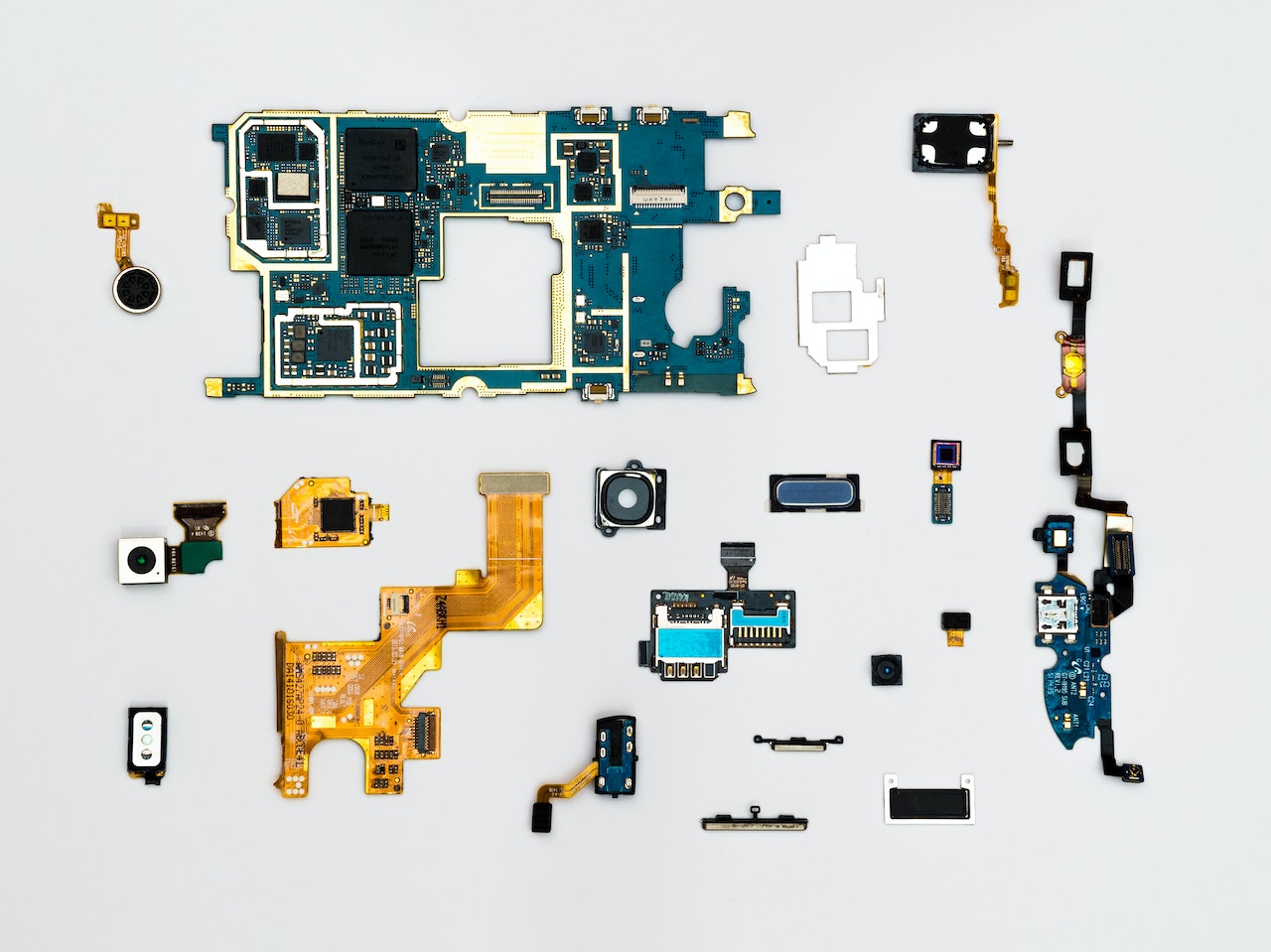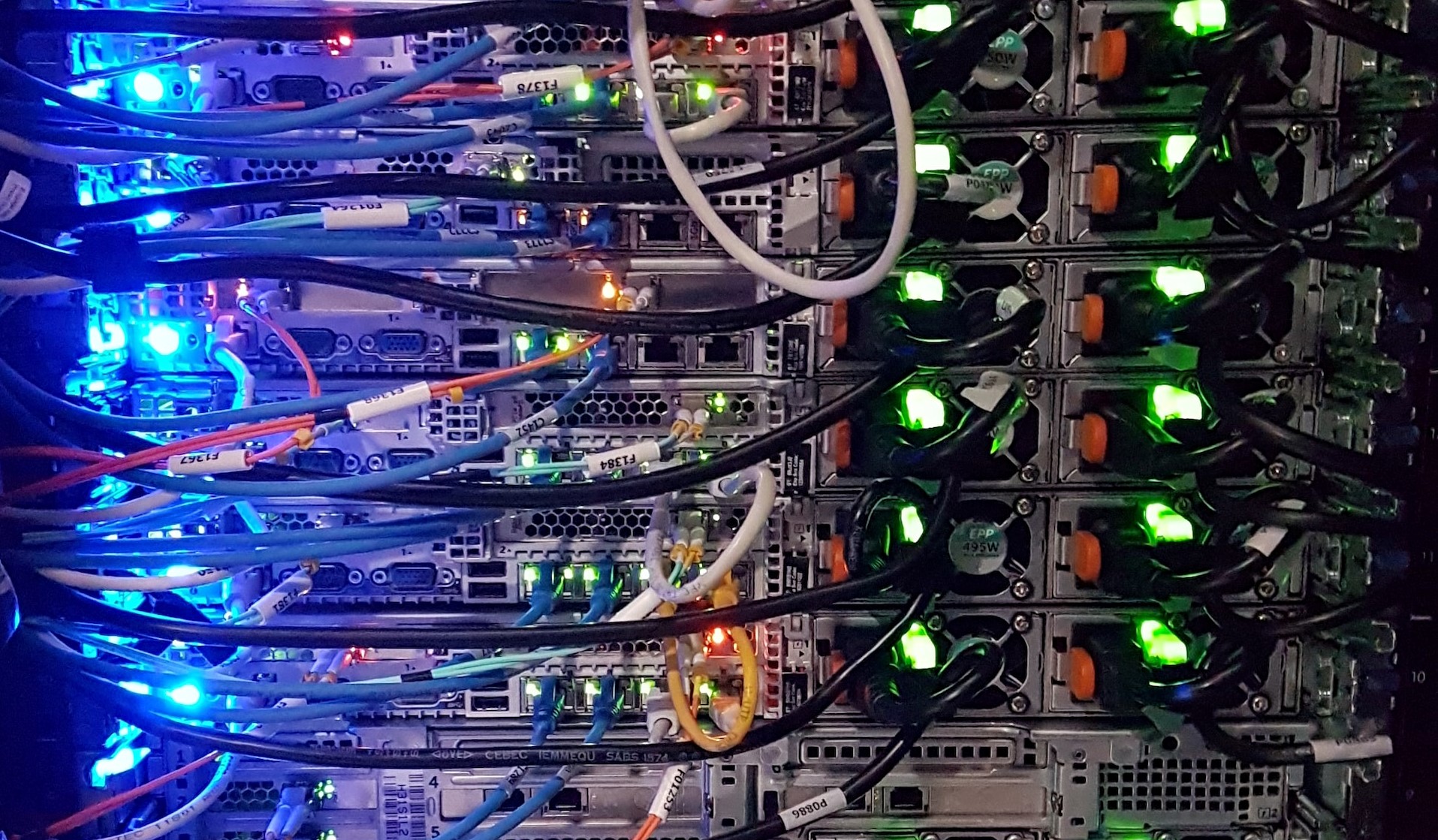
September 10, 2025
The Role of Honeypots in Monitoring Cyber Attacks

September 1, 2025
7 Ways Cyber Experts Predict and Stop Attacks

September 30, 2024
Microsoft Technologies in Healthcare: New Opportunities

October 26, 2023
Redefining the Landscape of Online Privacy and Security

July 28, 2023
A Comprehensive Guide for Safe Online Gambling

July 27, 2023
Bolstering Cybersecurity in Today’s Connected World

June 22, 2023
Online Anonymity and Security – Trends 2023
Information Security
Data protection

What Does the Future Hold for Privacy?
LEARN MORE
The Importance of Encryption in Protecting Corporate Data
LEARN MORE
Staying Warm in the Backcountry: Top Sitka Pieces for Canadian Expeditions
LEARN MORE
Innovations in Sports Betting: The Role of Technology in 2023
LEARN MORE
Sports Betting and Mental Health: Balancing Risk and Well-Being
LEARN MORE
Online Anonymity and Security – Trends 2023
LEARN MORE
Making IoT secure: the overview of the latest trends in IoT security protocols
LEARN MORE
How a Digital Consultant Can Help Your Business Stay Competitive in a Changing Landscape
LEARN MORE
Protect your smartphone
LEARN MORE















